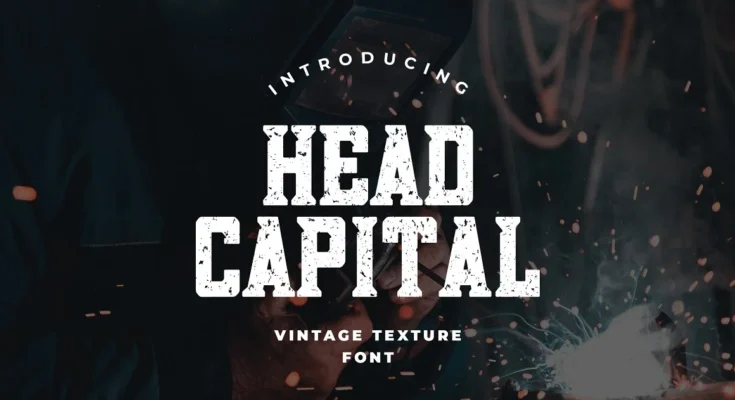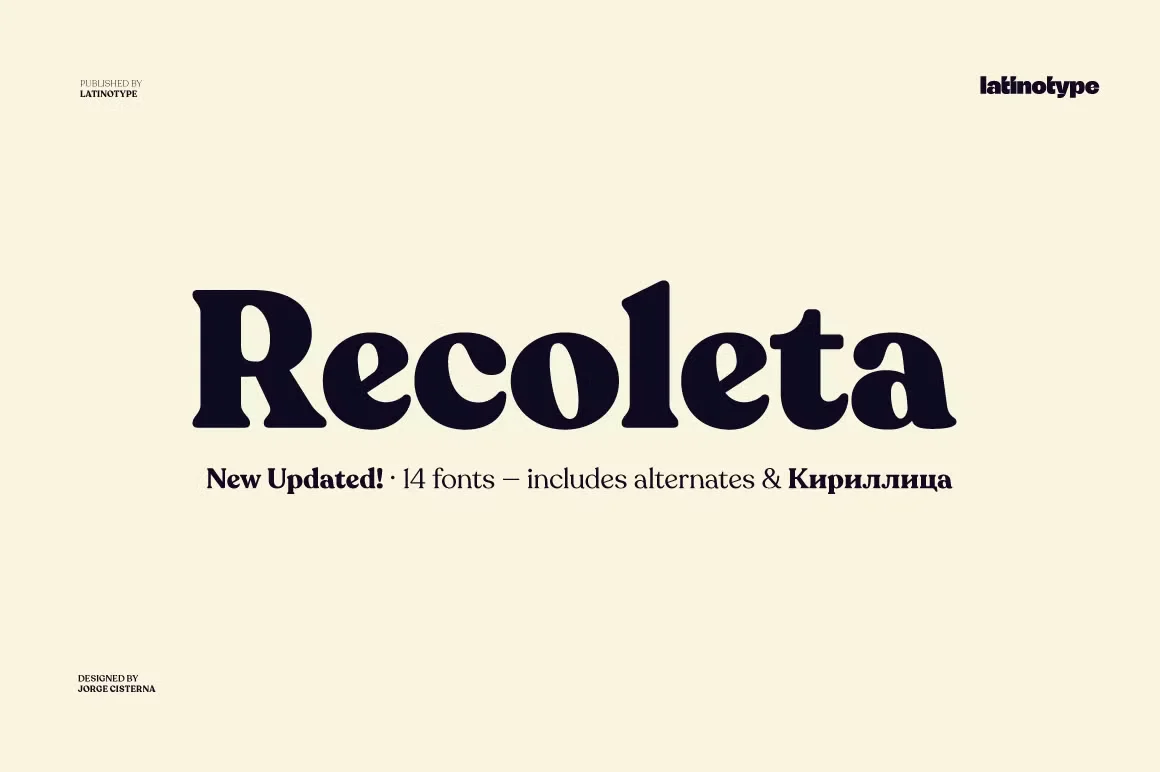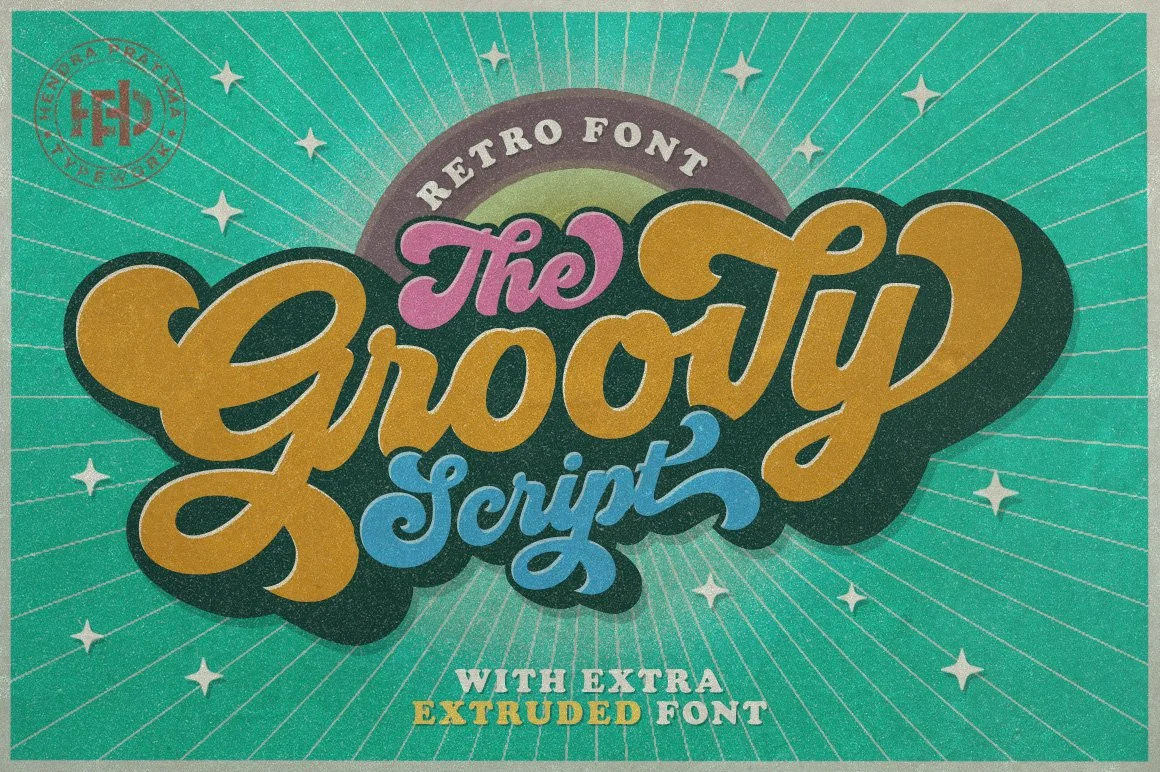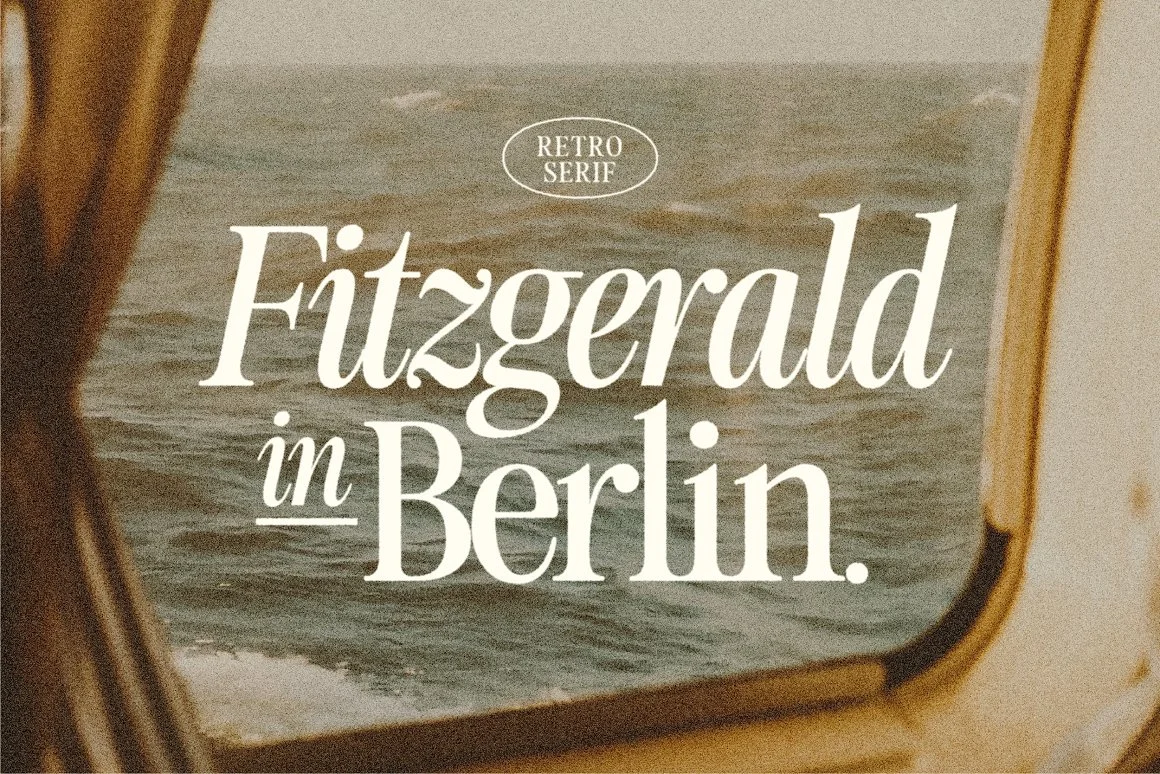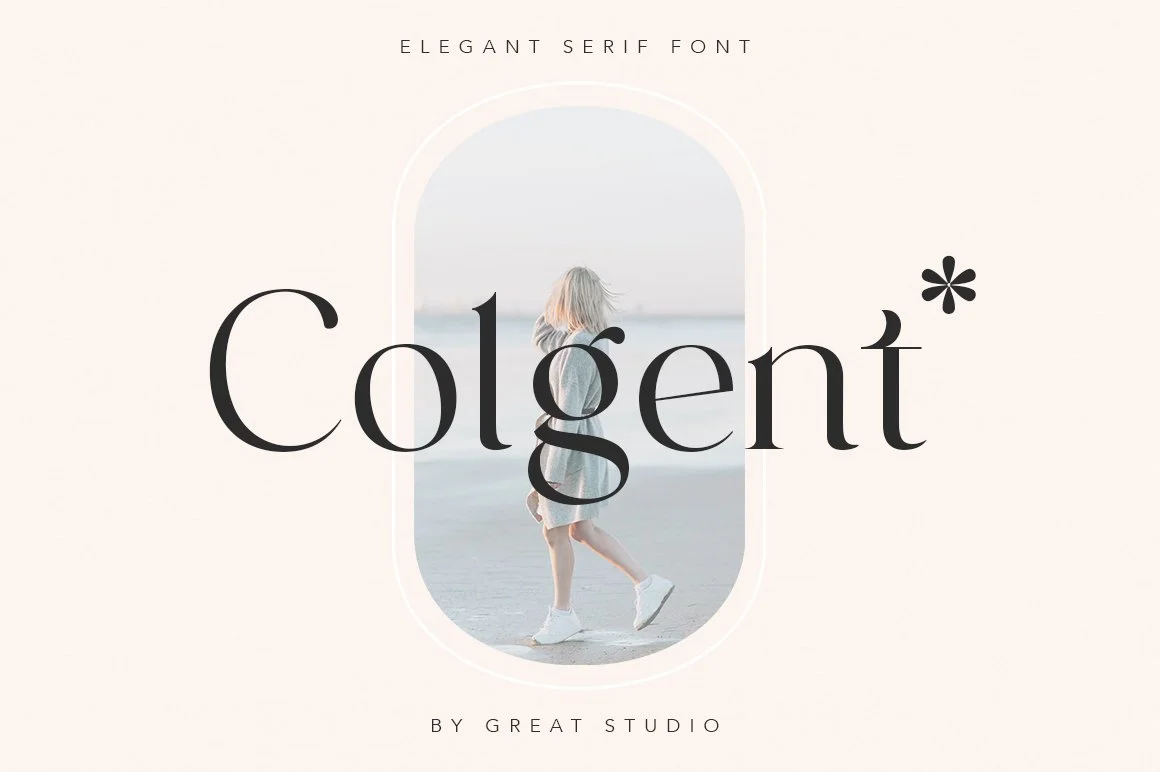Over 25 million Americans have trouble with their vision. So, picking a readable font is key, 16px is the minimum for websites. As designers, our goal is to snag attention with text that speaks volumes. The Head Capital Slab Serif does just that. It stands out in the crowd, making its mark.
Slab serif fonts, known for their bold serifs and strong lines, offer a bold look. They started winning hearts in the 19th century for adverts. Nowadays, they’re the choice for adding a pinch of retro to designs.
Getting the hang of this style opens doors to catchy headlines and memorable logos. For a design to be easily read, the text must stand out properly. Something like 18 point text should have a contrast of 3:1 minimum for easy reading.
Key Takeaways
- Slab serif fonts are known for their thick, sturdy serifs and pronounced strokes, creating a bold and attention-grabbing aesthetic.
- These typefaces have become increasingly popular in recent years as designers seek to incorporate vintage and retro elements into their work.
- Slab serif fonts are commonly used for display typography, such as headlines, logos, and book covers, to create a strong and impactful visual identity.
- Understanding the unique characteristics of slab serif fonts can help you leverage their power to create visually compelling design elements.
- Paying attention to font size and contrast ratio is crucial for ensuring readability and accessibility, especially for larger text elements.
Also Read More>>> Daizen Script
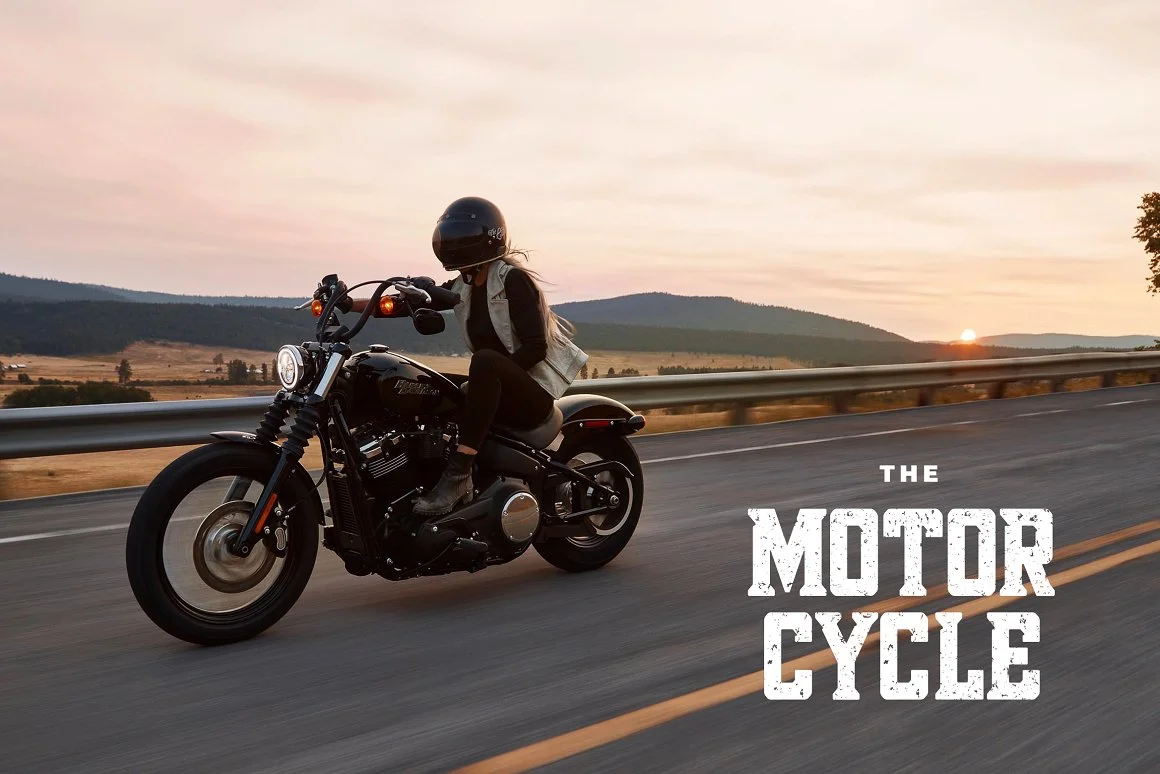

Exploring Slab Serif Typefaces
Slab serif typefaces are a special kind of font much loved for their bold look. They stand out because of their thick, square serifs. These serifs and their sturdy stems make them not just any font. They work great for things that need to be noticed, like big titles or company logos. Designers choose slab serifs to give their work a strong, eye-catching appeal.
There are many styles of slab serif fonts, each telling a unique story. These styles have changed and grown over the years. For example, there’s Old Style, Transitional, and Modern, among others. Designers pick different ones to say different things with their designs.
In the early 1800s, slab serifs first appeared in Britain for ads. These fonts have strong serifs and a bold look. The Clarendon style was born out of this, meant for smaller text. It’s also bold but easier to read in tiny print. Both types give a text a serious, no-nonsense feel.
Knowing what makes slab serif fonts unique helps designers a lot. When they want to grab attention with their text, they often choose a slab serif. These fonts can make any headline bold or turn a brand into something people remember. So, these fonts are more than just letters – they’re a design choice that speaks loudly.
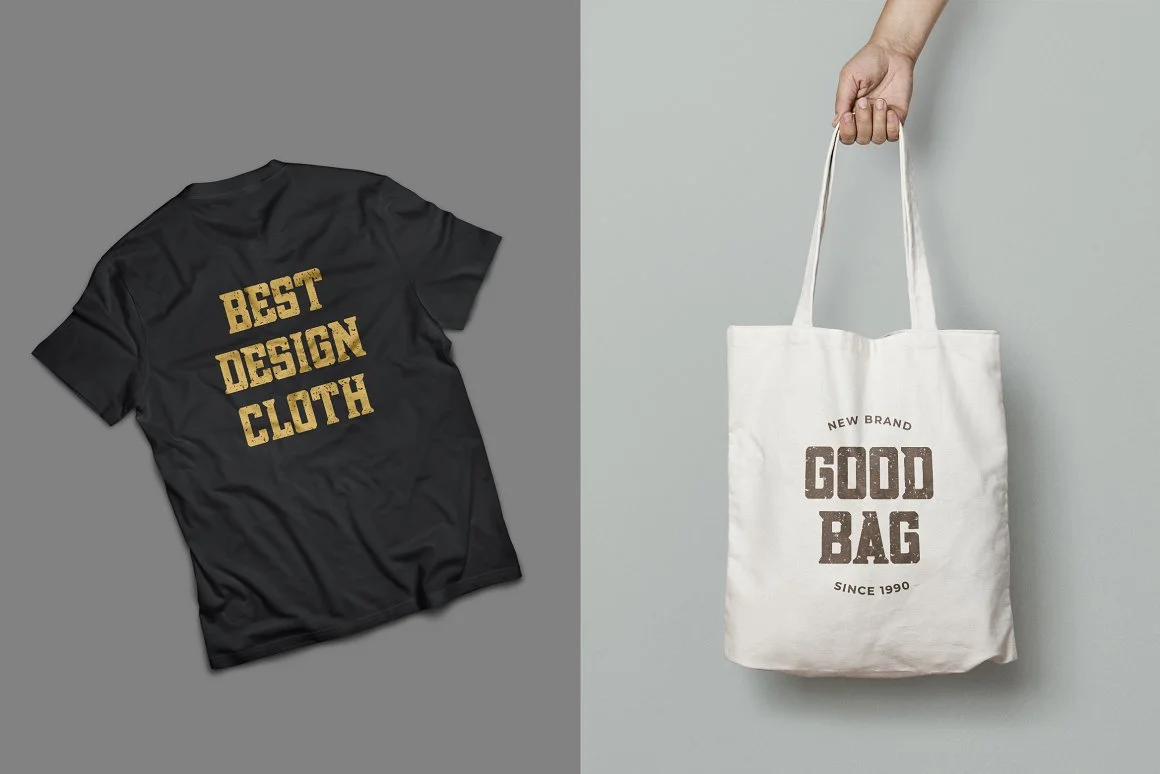
The Head Capital Slab Serif Style
The head capital slab serif style shows a bold, vintage look. It has big letterforms with strong, square serifs. These make letters look powerful and in charge. The even strokes and no thick-thin variations add to its solid feel. This makes it great for big titles, logos, and more. It’s inspired by the striking type on old posters and signs, letting designers use a cool mix of old and new in their work.
Slab serif typefaces, called “Egyptian” fonts, are classic in typography. They’ve been around since the 18th century for their bold and serious look. The head capital style modernizes these qualities, giving a fresh twist to a timeless design. It’s perfect for retro branding, vintage-style ads, and any design that needs to stand out.
Taking font seriously is a trend that keeps growing. The head capital slab serif style will likely stay in the spotlight. It’s a great choice for many projects, from solo use to mixing with other fonts. This style is durable and fits well with the charm of vintage text and retro looks.

